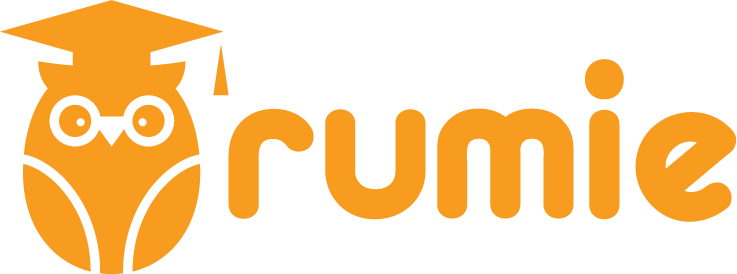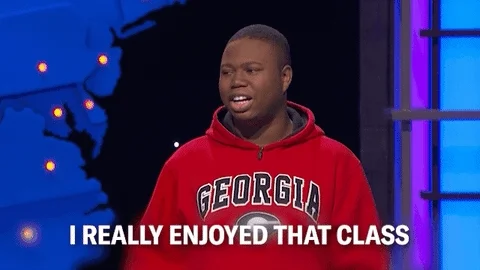Teaching junior high students can be wild, right? 🤪
They’re full of energy, curiosity, and, let’s be honest, a little bit of chaos.
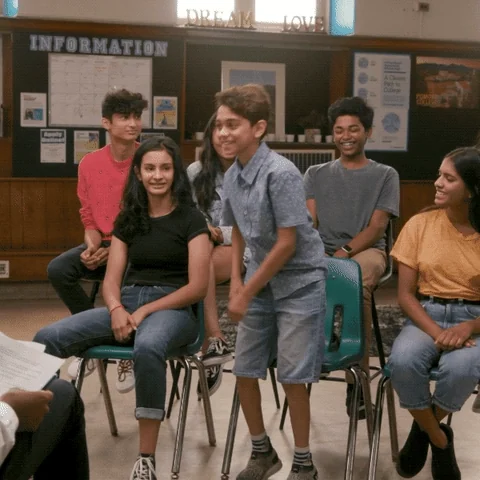
But that’s what makes this age group so exciting to work with!
The key to keeping them engaged and making sure everyone learns is using the right facilitation techniques.
What are facilitation techniques?
They're strategies that help keep class discussions, activities, and learning on track.
Use a variety of facilitation techniques to make your classroom a fun and engaging place to learn.
Some things to keep in mind as you explore these techniques:
Let students take the lead. Facilitation isn’t just about talking at them — it’s about giving them the space to explore, collaborate, and create.
Engagement is key! Mix up your facilitation techniques to keep things exciting and fresh.
1. Think-Pair-Share
The Think-Pair-Share (TPS) strategy gives everyone a chance to think and talk without the pressure of speaking in front of the entire class.
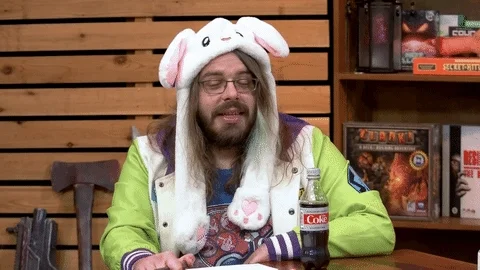
How it works:
Start by asking a question. ❓
Let students think it over for a bit, then pair them up to discuss their answers. 🙎♀️🙎♂️
After a few minutes, call on a couple of pairs to share their ideas with the class. 🗣
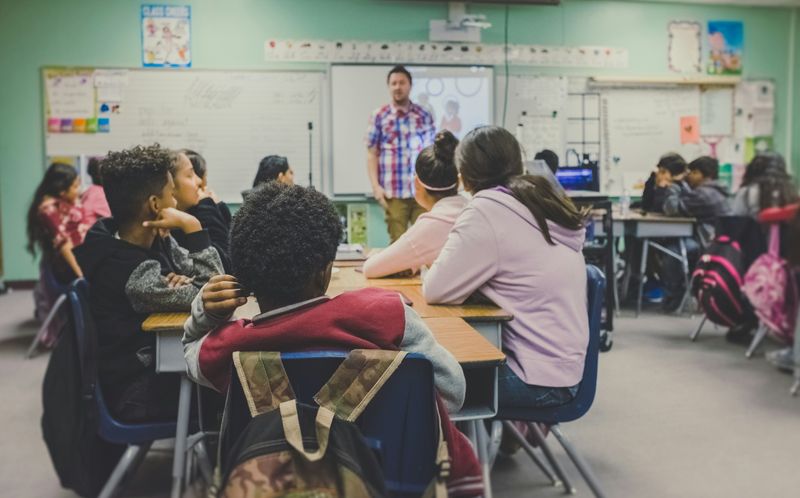 Photo by Kenny Eliason on Unsplash
Photo by Kenny Eliason on UnsplashWhy Think-Pair-Share is a perfect junior high facilitation technique:
Some students may freeze up at the thought of speaking in front of the class.
It gives them a chance to work through their ideas with a peer first, making them feel more confident when it’s time to share.
2. Visual Aids: Bring it to Life!
Cool graphics can really drive home a point home.
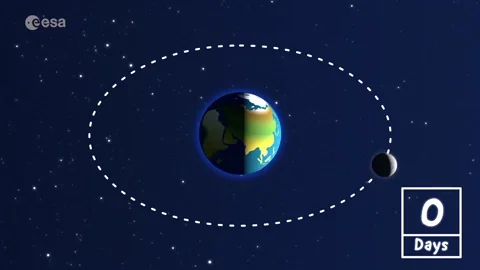
How they work:
Visual aids illustrate complex ideas in a fun, engaging way by using...
colorful charts
diagrams
videos
interactive slides
digital whiteboards
apps like Canva
Students can then orally summarize what they learned from these visuals, or they can create their own visuals to show their understanding of concepts.
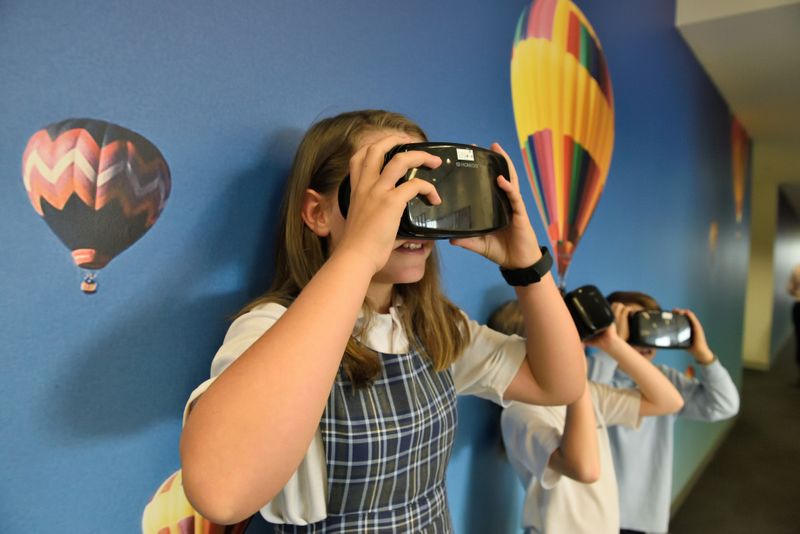 Photo by stem.T4L on Unsplash
Photo by stem.T4L on UnsplashWhy visual aids are perfect for junior high as facilitation techniques:
Junior high students love visual and digital content, and it makes abstract concepts way easier to understand. 💡
Quiz
You're teaching a difficult concept in math, and your students are struggling to understand. What strategy could you use to make the lesson clearer?
3. Small Group Discussions
Small group discussions are game-changers for getting more students to participate without putting them on the spot.
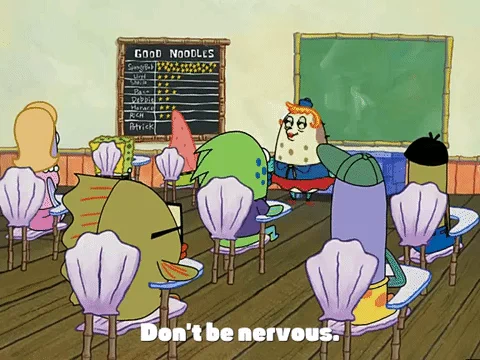
How they work:
Break your class into smaller groups (3-4 students) and give them a task to discuss. Then, each group shares their ideas with the rest of the class.
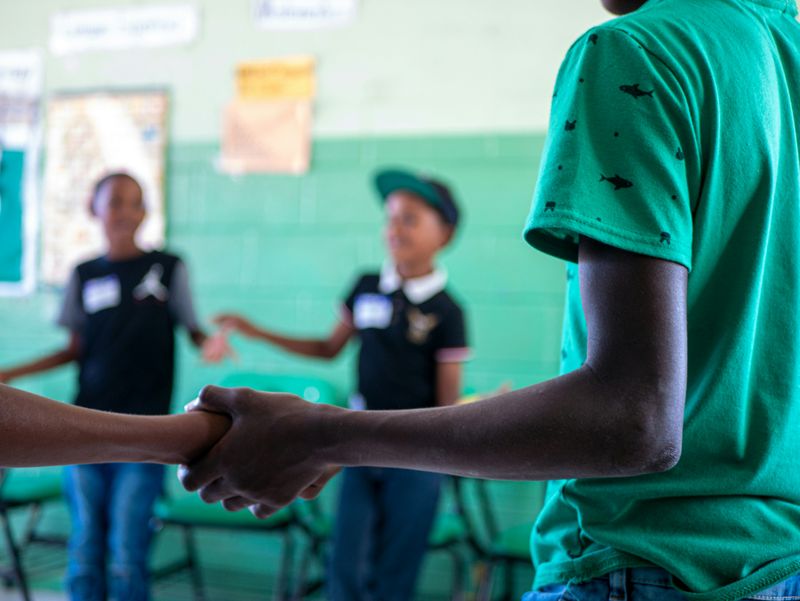 Photo by Tyler Lagalo on Unsplash
Photo by Tyler Lagalo on UnsplashWhy small group discussions are perfect junior high facilitation techniques:
Some students might be shy or hesitant to speak up in front of everyone. Small groups create a less intimidating space where students feel more comfortable sharing their thoughts. 🙂
4. Role-Playing and Simulations
Incorporate role play to take learning to a whole new level by turning it into an experience!

How they work:
Have students act out a situation or scenario that relates to the lesson. 🎭
Whether it’s a mock debate, acting out a scene from a novel or modeling an interaction between two historical figures, role-playing helps students better understand concepts through hands-on learning. 👐
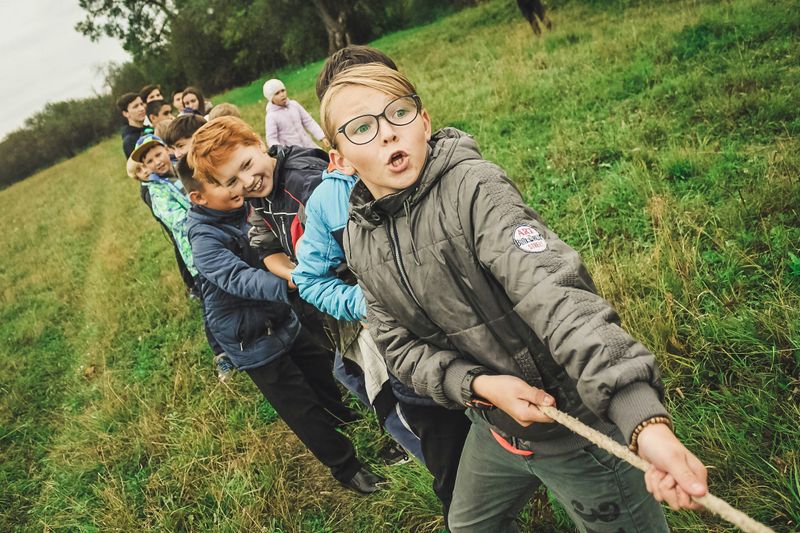 Photo by Anna Samoylova on Unsplash
Photo by Anna Samoylova on UnsplashWhy role-playing and simulations are perfect junior high facilitation techniques:
Junior high students have so much creativity — they’ll love stepping into different roles and actively engaging with the material. 😍
Quiz
Which of the following topics would work best with role play as a way to engage students in a junior high classroom?
5. Peer Review & Feedback
Students can learn a lot from each other, and it builds a sense of community in the classroom.
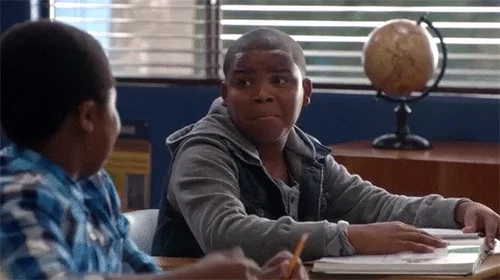
How it works:
Have students review each other’s work and give constructive feedback. 🗣
It can be anything from essays to group projects — just make sure they know how to offer feedback that’s both helpful and kind.
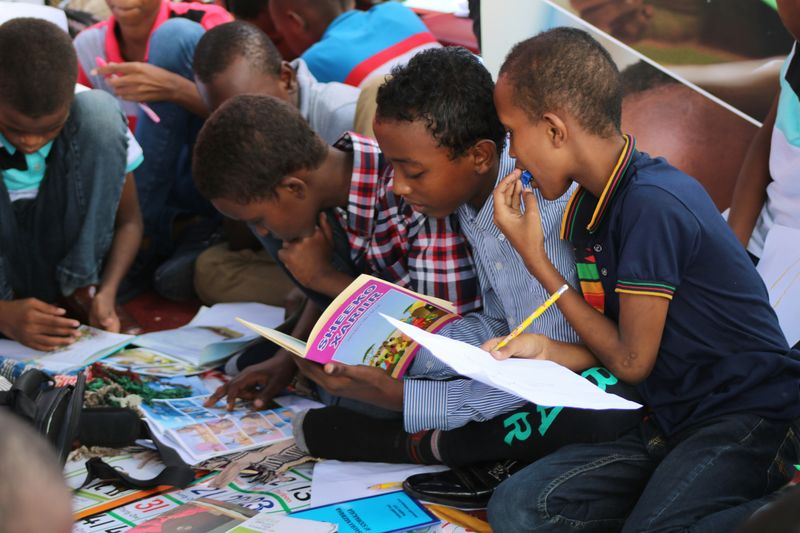 Photo by Ismail Salad Osman Hajji dirir on Unsplash
Photo by Ismail Salad Osman Hajji dirir on UnsplashWhy peer review & feedback is a perfect junior high facilitation technique:
Peer feedback not only helps students improve but also builds their critical thinking skills. 💭
Plus, it fosters collaboration and trust in the classroom. 🤝
6. Exit Tickets: Your Quick Check-In
Exit tickets are a simple way to gauge how well your lesson went and where students might need more support.
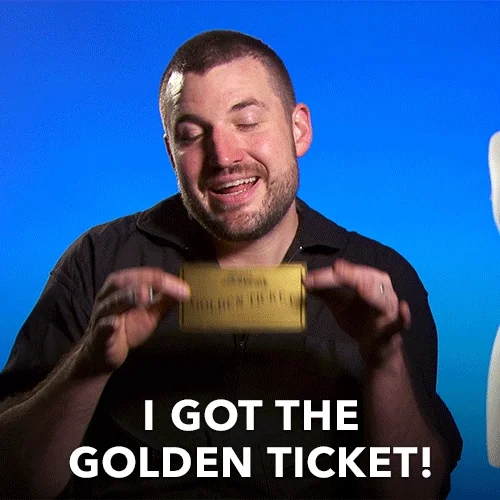
How they work:
At the end of class,ask students to quickly write down one thing they learned or a question they still have on an "exit ticket." ✍
It’s a quick, effective way to check understanding. ✅
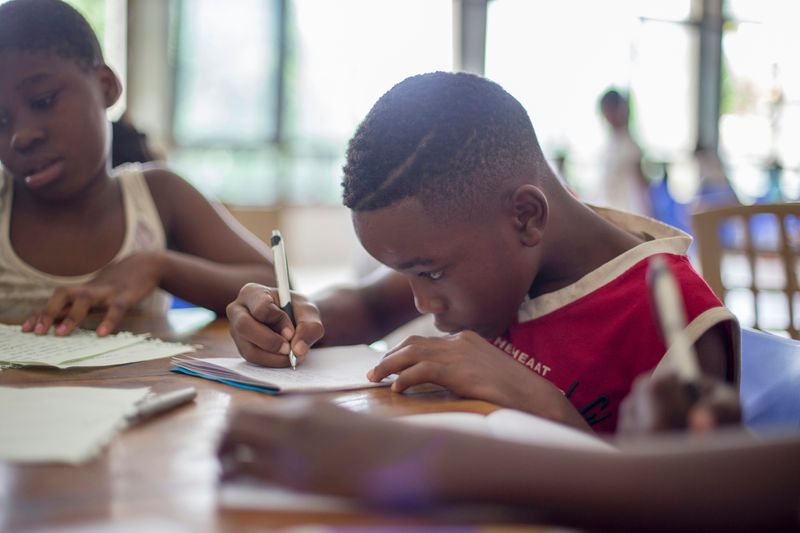 Photo by Santi Vedrí on Unsplash
Photo by Santi Vedrí on UnsplashWhy exit tickets are perfect junior high facilitation techniques:
It’s a low-pressure way for students to share what they understood, and it gives you a clear picture of what worked and what didn’t in the lesson. 📌
7. Interactive Digital Tools
Who doesn’t love a little friendly competition or gamified learning?
How they work:
Use tools like Kahoot, Quizizz, or Blooket to create fun quizzes, polls, or group challenges. These digital platforms keep things fresh and fun.
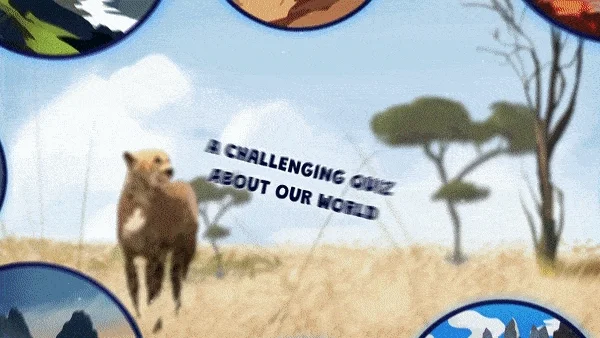
Why interactive digital tools are perfect junior high facilitation techniques:
Junior high students are digital natives —they thrive on tech!
Gamified learning is a fantastic way to motivate students, boost engagement, and help them retain information in a way that feels like play, not work.
Take Action
Ready to transform your classroom?
Start implementing these facilitation techniques and see how they work for your students. With these techniques and a little creativity, you’ll be creating a classroom where every student feels valued and eager to participate. 🙌
Your feedback matters to us.
This Byte helped me better understand the topic.
